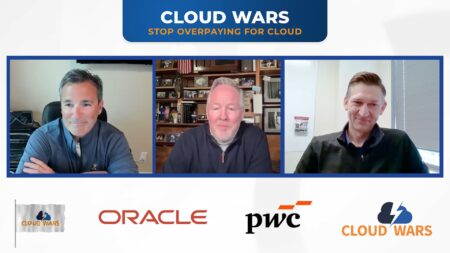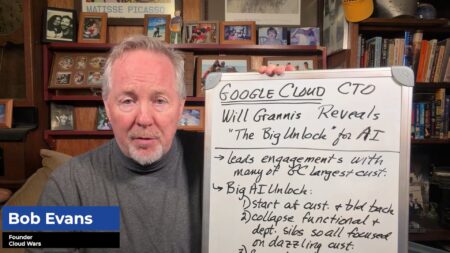Bob Evans recently spoke with Kae Arima, Vice President, Finance and Strategic Planning, Workday, about how the organization uses Workday Adaptive Planning to drive continuous value, capabilities, and innovation across the finance sector. In their discussion, Arima explains how Workday improves financial planning processes, leverages AI/ML technologies, and enables the notion of continuous planning.
Benefits of Workday Adaptive Planning for Financial Planning & Analysis (FP&A):
The Big Themes:
- Do more with less: Finance is a highly volatile, rapidly evolving business function. As a result, finance teams are challenged to work within their current processes, yet still need to respond to ongoing change. Arima proposes that a company should be aligned with its data model, data definitions, business drivers, and hierarchy structure.
- How Workday Adaptive Planning is changing the conversation: Cross-functional collaboration between Workday’s finance and HR teams has enabled data and information to be shared across the entire company. Prior to migrating to Adaptive, teams were siloed as they had independent data models with independent information, creating less-productive conversations.
- How Adaptive establishes end-to-end digital processes: Arima says there are two ways this happens. First, the tool itself, which is very user-friendly. Second, Workday Adaptive Planning enables more users with greater access to the system, delivering actionable insights and connecting “upstream” and “downstream” processes.

The Big Quote: “I think the word continuous can sound very daunting, if you really think about it, as you’re always planning. We talk about continuous planning a lot at Workday. But the intent is not to be always planning and always adjusting your models. That idea is really to be agile and to be able to have a plan that can adjust as your business adjusts. And so that’s really the spirit behind continuous planning. And, certainly, it helps to have the tools in place like our Adaptive Planning, and the data model that’s aligned to that solid foundation. All of these things really help to build that agility and your planning muscle. And so once you have that capability, it really yields benefits in terms of less manual work.”
Stream the audio version of this episode:
Want to learn more about Workday Adaptive Planning?
Watch a demo and explore use cases here.







